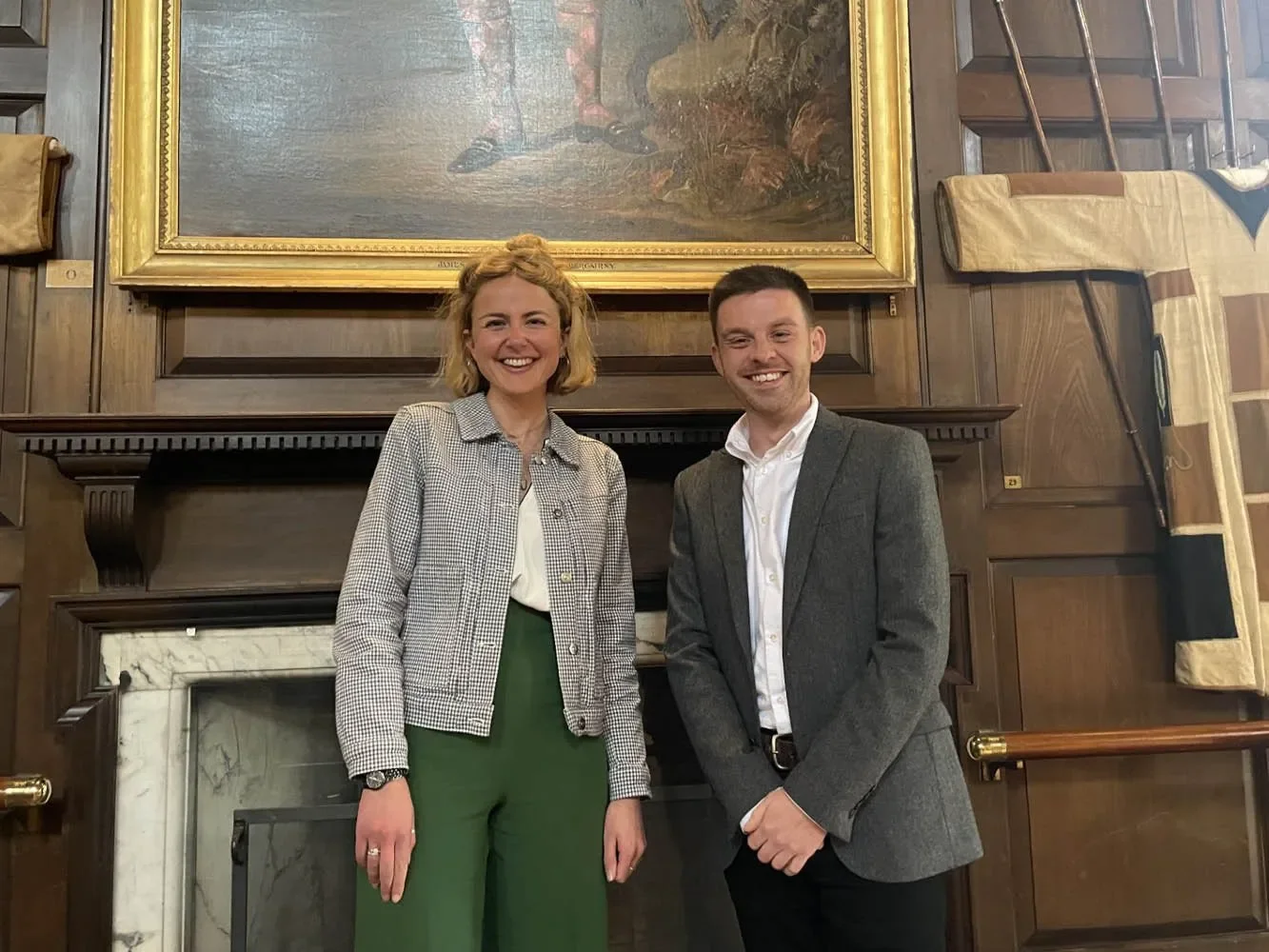Keeping history alive: Understanding Gen Z’s relationship with heritage
Dr Sarah Roller and Dr Craig Thomas
Why are so few young people visiting historic houses - and what can we do about it?
This is the central question behind Keeping History Alive, a thought-provoking new report by Dr Sarah Roller, Director of Policy and Public Affairs at Historic Houses, and Dr Craig Thomas, Archives, Research and Education Officer at Buccleuch Living Heritage Trust. Their research explores the barriers faced by Gen Z (aged 16–24) in engaging with historic houses, even among those already studying or passionate about history.
Historic houses, it seems, are struggling to connect with the next generation - not due to a lack of interest in history, but because of a host of practical, experiential and narrative shortcomings. Roller and Thomas surveyed students from a range of UK universities and conducted in-depth focus groups to better understand the disconnect.
Barriers to engagement: More than just ticket prices
The biggest challenge identified was simply getting to historic sites. With many properties located in rural or less accessible areas, nearly three-quarters of respondents cited transport issues and the cost of travel as a major barrier. Entry fees were another sticking point, with many students unwilling or unable to pay full adult prices. While 47% said they would pay up to £10, they also expected a full and meaningful day out in return.
Respondents called for better concessions for young people - not just one-off discounts, but compelling student memberships or seasonal offers that recognise their limited budgets and desire for value.
A desire for authentic and immersive experiences
What sets Gen Z apart is not a disinterest in history, but rather a desire for history to be presented in a way that feels alive, relevant, and engaging. Behind-the-scenes access, hands-on conservation workshops, and special events were frequently cited as appealing. Participants valued the opportunity to connect with the people behind the places - curators, volunteers and staff who could share genuine enthusiasm and knowledge.
Interestingly, many were not fans of overly digital experiences. QR codes and apps were often viewed as unnecessary distractions. Instead, young visitors welcomed the chance to disconnect from their screens and immerse themselves in the physical and human aspects of heritage spaces.
Telling the full story: Interpretation and inclusion
One of the most compelling findings from the report is the call for more nuanced and inclusive storytelling. Gen Z respondents were quick to identify when narratives felt sanitised or incomplete. They wanted to hear about contested histories - from colonial legacies to gender, class, and LGBTQ+ stories - and they expected these topics to be approached thoughtfully, not just as token gestures.
Rather than being put off by difficult or complex histories, young people were engaged and eager to learn, particularly when interpretation was balanced, accessible and intellectually honest.
Heritage at mome: Social media done right
While Gen Z may want to unplug on-site, they are still very much plugged in at home and heritage organisations need to meet them there too. The report found that social media has the potential to be a powerful engagement tool, provided it is used with authenticity and creativity.
Respondents praised platforms and content creators who bring history to life in engaging, visually appealing, and sometimes humorous ways. They were quick to recognise when social media content felt forced or out of touch. The advice was clear: don’t patronise, don’t try too hard to be trendy, just share the stories and experiences that make your site unique.
Conclusion: An invitation, not a barrier
The report concludes with practical recommendations for Historic Houses members, many of which are relevant for any heritage organisation. These include introducing youth concessions, refreshing websites with clearer access information, offering more immersive visitor experiences, and rethinking how interpretation is developed and delivered.
Perhaps most importantly, Keeping History Alive reminds us that young people do care about heritage, deeply. But to turn that interest into footfall, we must listen to their perspectives and remove the barriers that currently stand in the way. Heritage shouldn’t be a hard sell. With thoughtful engagement and inclusive storytelling, we can make history not only accessible, but irresistible to the next generation.

